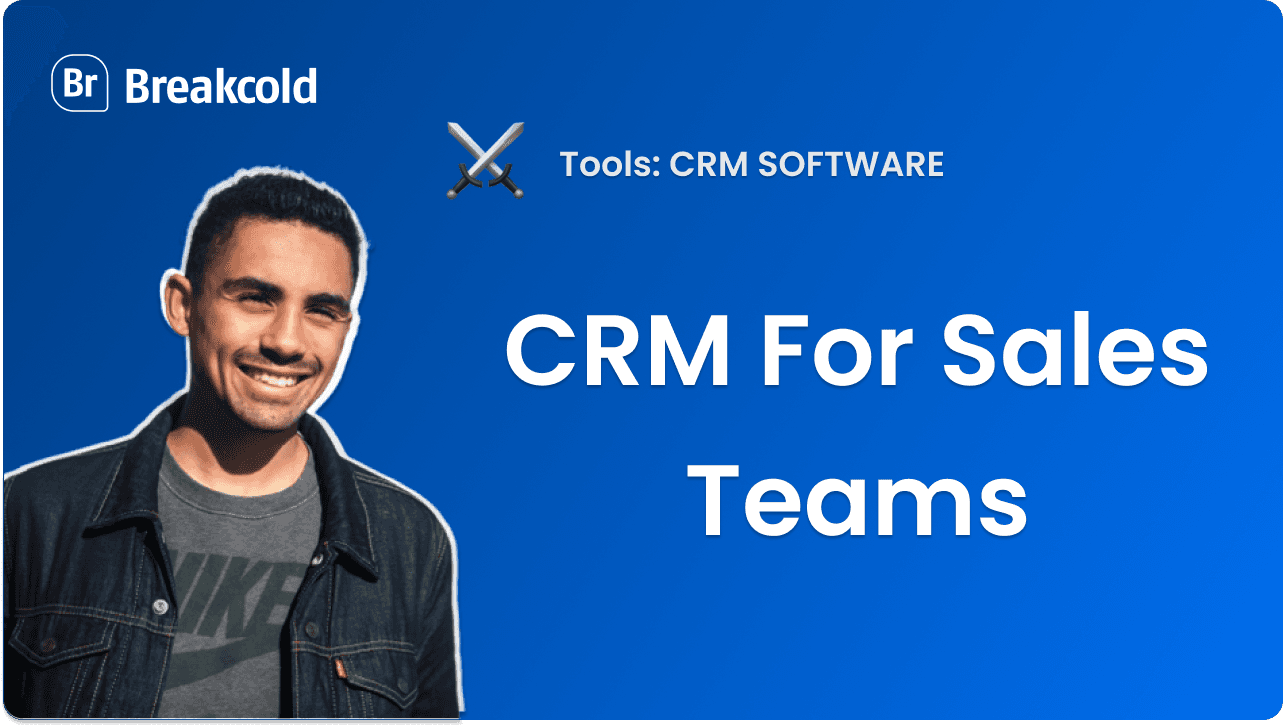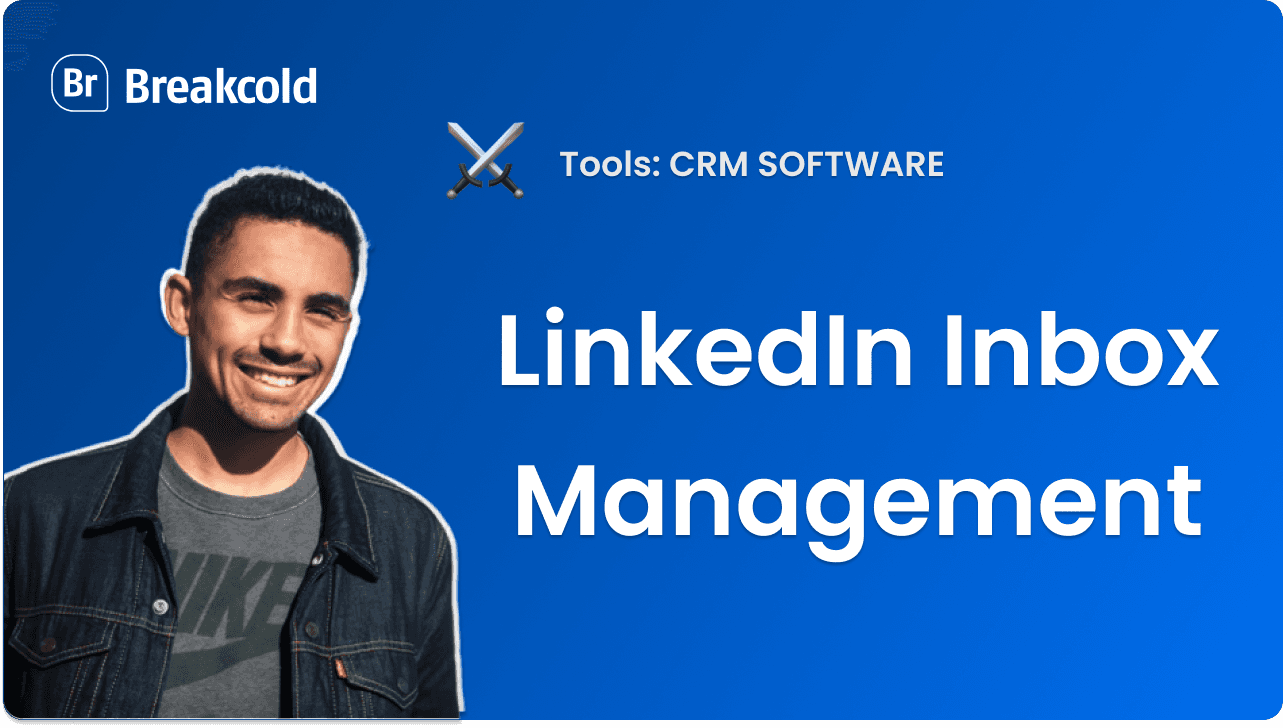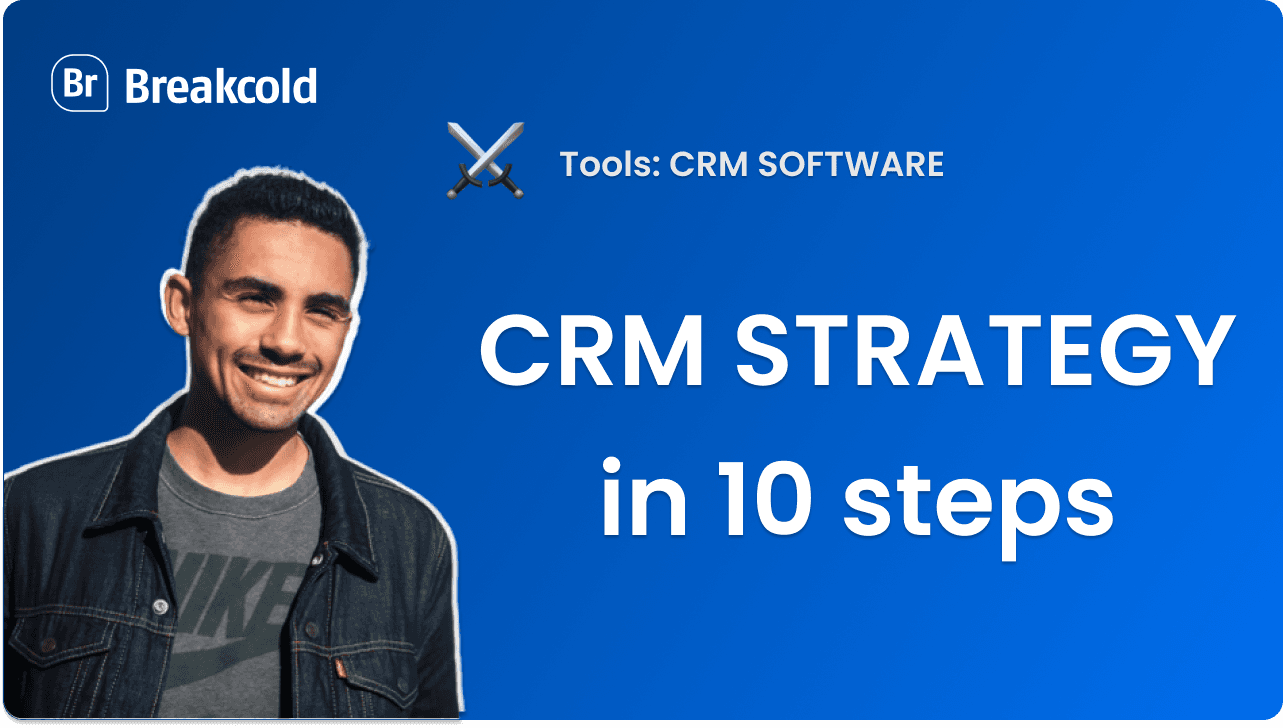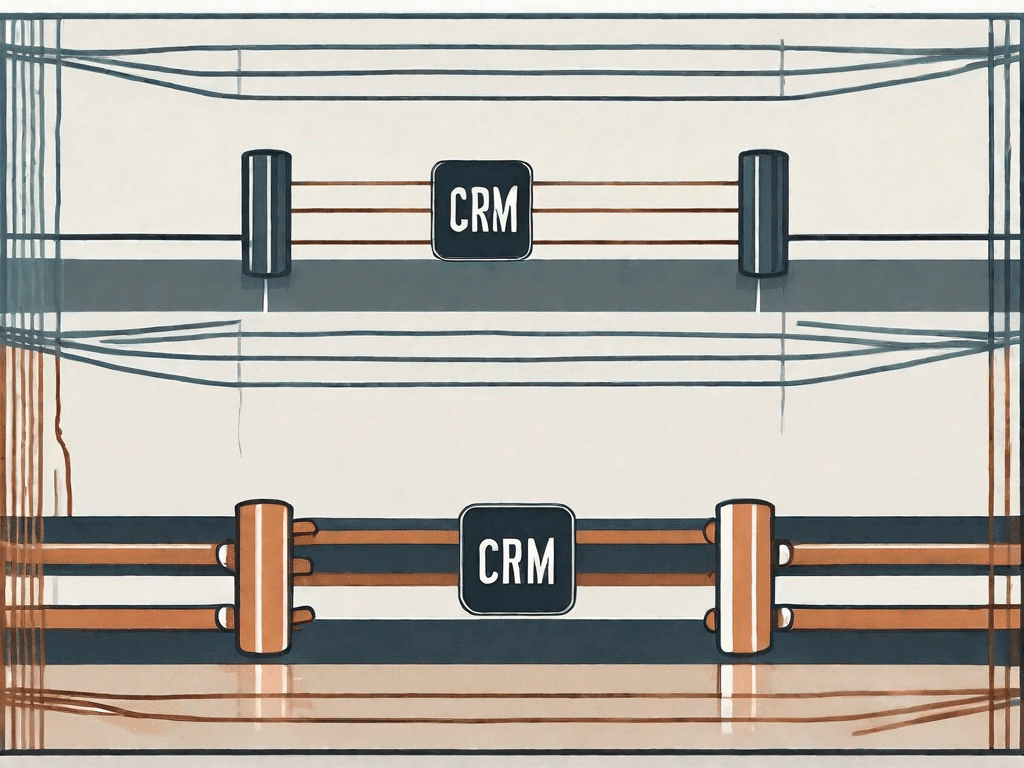
5 Cold Calling Alternatives
Cold calling has long been a staple in sales and marketing strategies, but in today's digital age, it's worth exploring alternative methods to engage potential customers. In this article, we will discuss five effective alternatives to cold calling that can help businesses reach their target audience and achieve better results.
Understanding the Limitations of Cold Calling
Before diving into the alternatives, let's first acknowledge the limitations of cold calling. Traditional cold calling can be intrusive and disruptive, often leading to frustrated customers who may not be interested in the product or service being offered. Additionally, reaching decision-makers can be challenging, resulting in wasted time and effort.
While cold calling has been a popular sales technique for decades, it is not without its drawbacks. One of the main drawbacks of traditional cold calling is the high rejection rate. Many prospects simply do not answer unknown numbers or are skeptical of unsolicited sales calls. This can be demoralizing for sales representatives and hinder their motivation to reach out to potential customers.
Furthermore, cold calling can often feel like a one-sided conversation. Sales representatives are armed with scripts and talking points, but they may not have the opportunity to truly understand the needs and pain points of the person on the other end of the line. This lack of personalization can lead to a disconnect between the salesperson and the prospect, making it difficult to build trust and establish a genuine connection.
The Drawbacks of Traditional Cold Calling
Another drawback of traditional cold calling is the limited reach it offers. Sales representatives can only make a certain number of calls in a day, and even then, they may struggle to reach decision-makers who have the authority to make purchasing decisions. This can result in wasted time and effort spent on calls that do not lead to meaningful conversations or sales opportunities.
Moreover, cold calling can be time-consuming. Sales representatives often spend hours dialing numbers, leaving voicemails, and dealing with gatekeepers before even getting the chance to speak with a potential customer. This time could be better spent on other sales activities that yield higher conversion rates and better return on investment.
Why Businesses are Looking for Alternatives
Today, businesses are looking for alternatives to cold calling because they want to establish a more personal and genuine connection with their audience. They understand that consumers are becoming increasingly wary of traditional sales tactics and are seeking methods that allow them to engage with potential customers in a way that feels less intrusive and more tailored to their specific needs.
Additionally, businesses recognize the importance of building long-term relationships with their customers. Cold calling, with its focus on immediate sales, often fails to foster these relationships. By exploring alternative methods, businesses can focus on building trust, providing value, and nurturing leads over time, ultimately leading to more loyal and satisfied customers.
Furthermore, the rise of digital marketing and technology has opened up new avenues for reaching potential customers. With the advent of social media, email marketing, and content creation, businesses can now connect with their audience in a more targeted and personalized manner. These alternative methods allow for greater segmentation and customization, ensuring that the right message reaches the right person at the right time.
In conclusion, while cold calling has been a staple of sales strategies for many years, it is important for businesses to recognize its limitations. By understanding these limitations and exploring alternative methods, businesses can adapt to the changing preferences of their audience and establish more meaningful connections that drive long-term success.
The Power of Email Marketing
Email marketing has proven to be a highly effective alternative to cold calling. By crafting compelling email campaigns, businesses can reach a wider audience and nurture leads in a more targeted manner.
With the rise of digital communication, email has become an essential tool for businesses to connect with their customers. It offers a direct and personalized approach, allowing companies to deliver tailored messages to individuals who have shown interest in their products or services.
When it comes to email marketing, the possibilities are endless. From promotional offers and product updates to newsletters and event invitations, businesses can leverage this platform to engage with their audience and build long-lasting relationships.
Crafting Effective Email Campaigns
When creating email campaigns, it's important to personalize the content to address the recipient's needs and pain points. Segmenting the email list based on demographics or previous interactions can also lead to higher open and click-through rates. Furthermore, including clear and persuasive calls to action can encourage recipients to take the desired action.
Personalization is key in today's marketing landscape. By using data-driven insights, businesses can tailor their email content to match the interests and preferences of their target audience. This level of customization not only increases the chances of engagement but also helps to establish a sense of trust and credibility.
In addition to personalization, the design and layout of an email campaign play a crucial role in its effectiveness. A visually appealing and well-structured email can capture the attention of recipients and guide them towards the desired conversion. From eye-catching images to compelling headlines, every element should be carefully crafted to create a seamless and engaging user experience.
Measuring Success in Email Marketing
One of the advantages of email marketing is the ability to track and analyze the success of each campaign. By monitoring open rates, click-through rates, and conversion rates, businesses can refine their strategies and improve their overall marketing efforts.
Data-driven insights provide valuable information about the performance of an email campaign. By analyzing the metrics, businesses can identify what resonates with their audience and make data-backed decisions to optimize future campaigns. This iterative process allows for continuous improvement and ensures that each email sent is more effective than the last.
Furthermore, email marketing platforms offer advanced features such as A/B testing, which allows businesses to experiment with different elements of their campaigns. By testing different subject lines, layouts, or calls to action, companies can gather valuable insights on what works best for their audience and refine their approach accordingly.
In conclusion, email marketing is a powerful tool that enables businesses to connect with their audience in a personalized and impactful way. By crafting compelling campaigns and leveraging data-driven insights, companies can not only nurture leads but also drive conversions and achieve their marketing goals.
Harnessing Social Media for Business Outreach
Social media platforms have become powerful tools for businesses to connect with their target audience. By leveraging the right platforms and utilizing effective strategies, companies can boost engagement and drive conversions.
Choosing the Right Social Media Platform
It's essential to select the social media platform that aligns with the target audience and business goals. For example, LinkedIn is ideal for B2B networking, while Instagram may be more suitable for reaching younger demographics. By understanding the strengths of each platform, businesses can maximize their reach and impact.
Strategies for Social Media Engagement
Engaging with users on social media requires a thoughtful approach. By creating valuable content, actively responding to comments and messages, and collaborating with influencers, businesses can build a loyal community of followers and turn them into brand advocates.
The Rise of Content Marketing
Content marketing has gained popularity in recent years as an alternative to traditional sales pitches. By creating valuable and informative content, businesses can establish themselves as industry experts and attract a steady stream of qualified leads.
Creating Valuable Content for Your Audience
Understanding the audience's needs and pain points is vital in creating content that resonates with them. By offering practical tips, industry insights, and thought-provoking articles, businesses can build trust and credibility among their target audience.
Promoting Your Content Effectively
Creating great content is only half the battle. It's crucial to promote it effectively to reach a larger audience. This can be achieved through guest blogging, social media sharing, email newsletters, and other distribution channels. By strategically promoting content, businesses can attract more traffic and generate new leads.
Networking Events and Trade Shows
Face-to-face interactions are invaluable when it comes to building relationships and establishing trust. Networking events and trade shows provide businesses with opportunities to connect with potential customers and industry peers.
Preparing for a Successful Networking Event
Prior to attending a networking event, it's essential to research and identify key individuals or companies to interact with. By preparing a networking strategy, including an elevator pitch and a list of questions, businesses can make the most out of these valuable face-to-face interactions.
Maximizing Your Presence at Trade Shows
Trade shows offer a platform for businesses to showcase their products or services to a targeted audience. By designing an eye-catching booth, offering interactive experiences, and providing relevant promotional materials, businesses can leave a lasting impression on potential customers and create valuable connections.
In conclusion, while cold calling has been a common sales practice in the past, businesses now have a range of alternatives to choose from. By embracing email marketing, harnessing social media, investing in content marketing, and maximizing networking events and trade shows, businesses can engage with their target audience in more meaningful ways. It's important to continually adapt and experiment with these alternatives to find the approaches that yield the best results for your specific business and industry.











































































































































































































